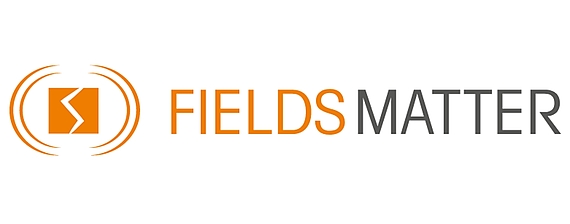Micromechanisms of the electro-plastic effect in magnesium alloys investigated by means of electron microscopy
Topic
The present project focuses on an experimental investigation of the mechanisms of electro-plasticity in general and, in particular, in magnesium alloys. The term electro-plasticity embraces all effects of high electrical current densities on the mechanical properties of metals, except those that are purely based on resistance heating. Frequently, a higher ductility of materials is observed when a high current density is applied during plastic deformation. The higher ductility can be used to improve plastic deformability of those metals that usually are not well deformable. Magnesium and its alloys show a strong electro-plastic effect and are at the same time of great industrial interest. They constitute, therefore, ideal test materials also because of their many different dislocation and twinning deformation mechanisms. By selecting different deformation orientations and different alloys these mechanisms can be independently investigated for their electro-plastic behaviour. Figure a) shows the significant reduction of flow stress of a magnesium sample when a very short electric current pulse is applied during the deformation process without changing the sample temperature.

In the project it will be investigated, both on an experimental and a modelling basis, how and why dislocation structures and densities change when deforming a sample under simultaneous action of high electric currents. The experimental investigations will be carried out using, under others, the new electron channelling contrast imaging (ECCI) technique which allows direct observation of dislocations in bulk materials. A typical image is shown below in Figure b). These observations will be complemented with discrete dislocation dynamics (DDD) modelling to understand the dynamics of dislocation evolution.
Contact person(s)
Dr. Gregory Gerstein | Dr. Stefan Zaefferer |
|---|---|
Leibniz University of Hannover Institute of Material Science | Max-Planck Institut für Eisenforschung |
An der Universität 2 30823 Garbsen | Max-Planck-Str. 1 40237 Düsseldorf |
Tel: (+49) 511 762 3907 | Tel: (+49) 211 6792 803 |
Fax: (+49) 211 6792 333 | |
Proj.-Nr. GE 2673/3-1 | Proj.-Nr. ZA 278/9-1 |

